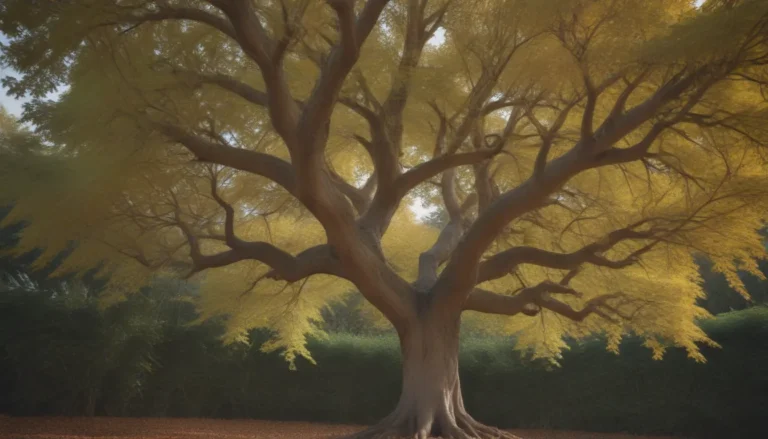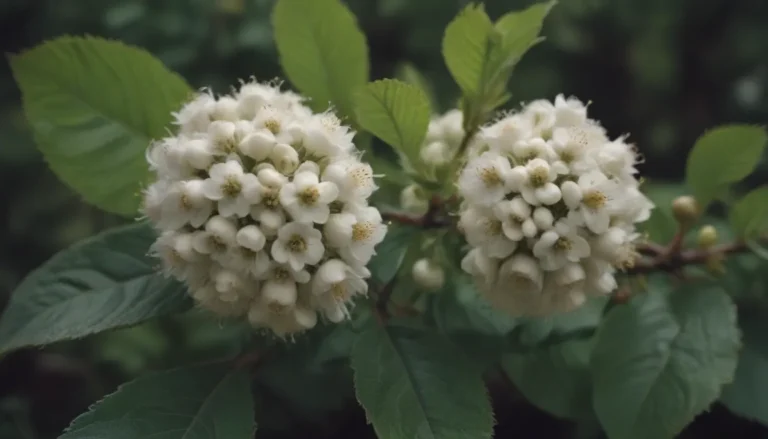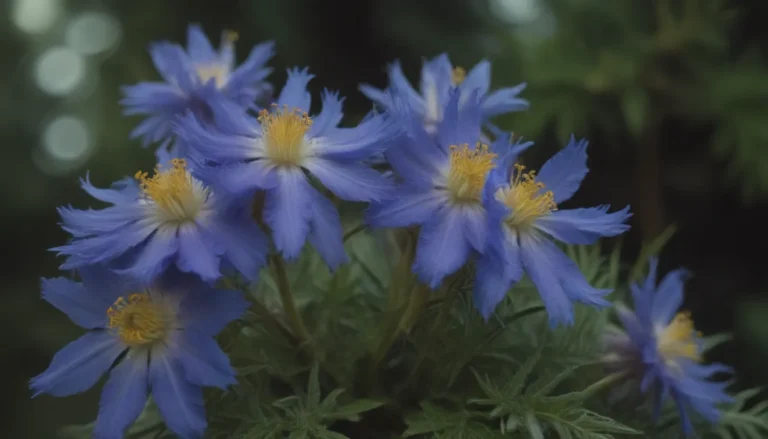Comprehensive Guide on Growing and Caring for Japanese Pagoda Tree

Are you looking to add a touch of elegance to your garden or landscape? Look no further than the Japanese pagoda tree! With its beautiful blooms and ability to thrive in various conditions, this tree is a fantastic choice for any gardener. In this comprehensive guide, we will explore everything you need to know about growing and caring for the Japanese pagoda tree. From light and soil requirements to pruning and propagation, we’ve got you covered. Let’s dive in!
Japanese Pagoda Tree: An Overview
The Japanese pagoda tree, also known as Styphnolobium japonicum, is a stunning flowering tree that can liven up any space, from Japanese gardens to urban landscapes. This tree thrives in mild climates and prefers full sun exposure and loamy soils. Keep in mind that the fruits of the Japanese pagoda tree are toxic to humans, so caution is advised.
Japanese Pagoda Tree Care
Here are the main care requirements you need to keep in mind when growing a Japanese pagoda tree:
Light
- Japanese pagoda trees thrive in full sun, so make sure to provide ample sunlight for optimal bloom production.
- Partial sun can be tolerated, but it may affect the tree’s ornamental value.
Soil
- Ideally, the soil for a Japanese pagoda tree should be well-drained sandy loam, rich in nutrients.
- The tree can adapt to various soil types, even poor or compacted soil, as long as it is not wet and soggy.
Water
- During the first growing season, water your Japanese pagoda tree regularly and deeply, especially in the absence of rain, to promote a strong root system.
- Once established, the tree is drought-tolerant but will benefit from supplemental watering for better ornamental value and bloom production.
Temperature and Humidity
- Japanese pagoda trees are frost-hardy down to -25 degrees F when mature.
- Young trees in exposed locations may need protection from extreme winter cold.
- The tree thrives in humid conditions.
Fertilizer
- Avoid fertilizing a young tree until it starts flowering.
- Once a year, in early spring before new growth, apply a fertilizer high in phosphorus for flowering trees.
Types of Japanese Pagoda Tree
There are several popular cultivars of the Japanese pagoda tree, each with its unique characteristics:
- S. japonicum ‘Millstone’
- S. japonicum ‘Pendula’
- S. japonicum ‘Regent’
Pruning Tips
Pruning is an essential maintenance task when caring for your Japanese pagoda tree. Proper pruning can reduce your workload and promote healthy growth. Here are some pruning tips to keep in mind:
- Select a tree with a single leader or solitary trunk that splits into branches at 45-60 degree angles.
- Prune in early spring while the tree is dormant to shape the crown.
- Remove interior branches with acute angles less than 45 degrees.
- Consider hiring a licensed arborist for pruning as the tree matures.
Propagating a Japanese Pagoda Tree
While it is possible to propagate a Japanese pagoda tree from seed, it can take several years for the tree to bloom. For faster results, consider purchasing a young tree from a nursery. Note that some cultivars, like ‘Regent,’ are protected by a plant patent and cannot be propagated.
Common Pests and Diseases
Japanese pagoda trees are generally resistant to serious pest and disease problems. However, they may attract leafhoppers and be susceptible to fungal diseases like rust, powdery mildew, and verticillium wilt.
Encouraging Blooms
If you’re eager to see your Japanese pagoda tree bloom, patience is key. It can take up to ten years for a young tree to flower for the first time. Here are some tips to encourage blooms:
- The tree blooms in mid to late summer, between July and early September.
- The ivory-white flowers are arranged in 12-inch panicles and have a sweet fragrance.
- Prune surrounding plants to increase sunlight exposure and promote blooming.
After-Bloom Care
Japanese pagoda trees do not require special care after blooming. Simply continue to care for the tree as you have been. While these trees have exceptional ornamental value, they have a few downsides, such as weak wood and a relatively short lifespan of 30-40 years. If you’re concerned about the tree’s impact on the ecosystem, consider planting native species like the flowering dogwood.
In conclusion, the Japanese pagoda tree is a beautiful addition to any garden or landscape. By following the care tips outlined in this guide, you can ensure that your tree thrives and blooms beautifully. Whether you’re a seasoned gardener or a beginner, growing a Japanese pagoda tree can be a rewarding experience. Happy gardening!





